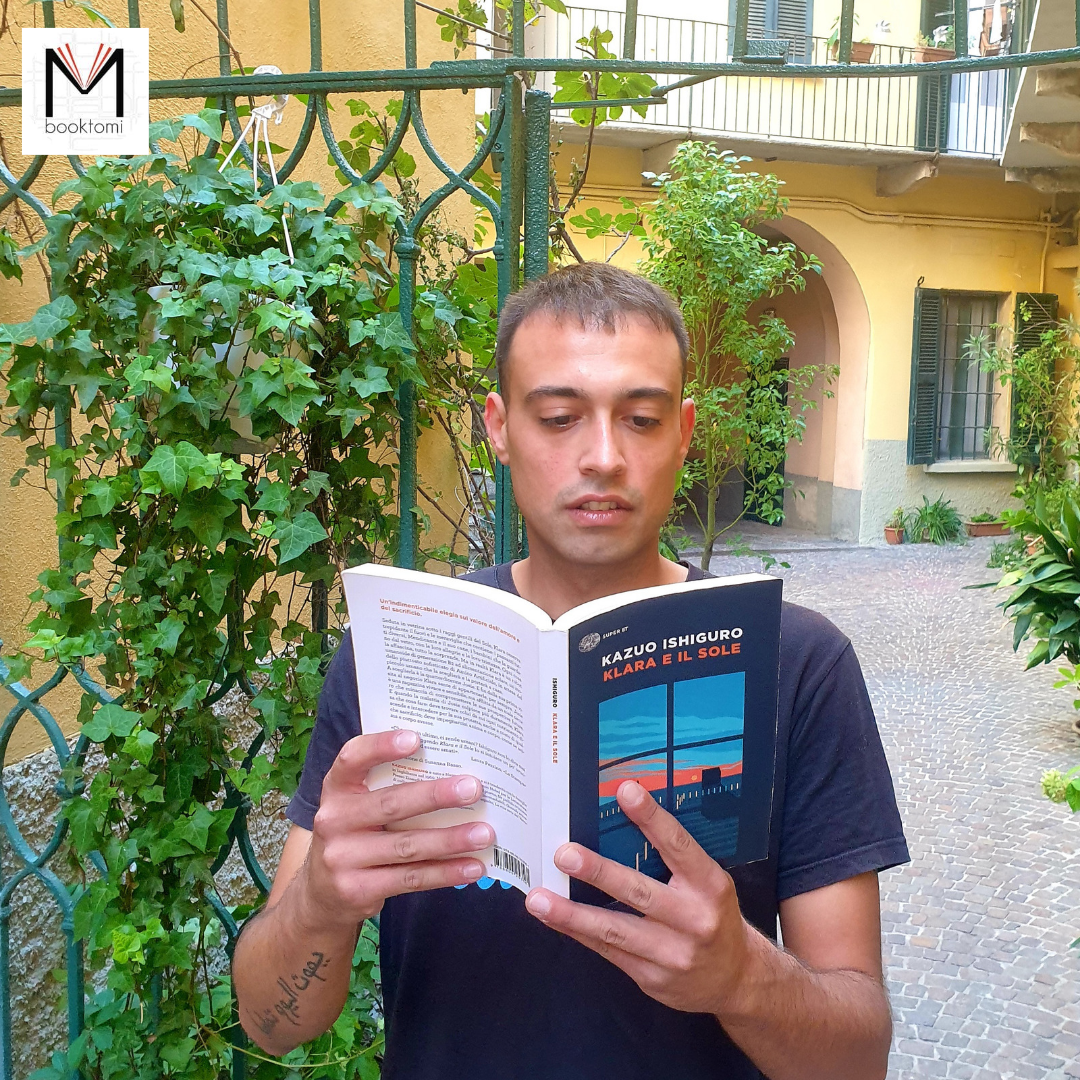“A fence can break down in a moment.”
First book published by Ishiguro, after the victory of the nobel in 2017, and in a certain sense it is noticeable because it is outside its usual narrative bed. In this regard, we think it is a gift that the writer wanted to give to himself and to those who love his pen, whatever path he wanted to take.
Klara is an android (or Artificial Friend), which feeds on sunlight. From the shop window where she is exhibited for sale, she sees life unfolding outside her and she tries to understand the dynamics of that corner of the world that flows before her eyes. To choose it is the fourteen-year-old Josie, with whom she will immediately create a unique empathy that will go far beyond the normal relationship between android and owner.
Entering Josie’s house means for Klara to enter the dynamics of humans, their feelings and the illogic of some human relationships, common to all of us, necessary for the quiet life among people who love each other, but who for too much pride they can’t tell each other: mother-daughter, husband-wife, friend-friend, housekeeper-employer.
We greatly appreciated the description of human loneliness. The latter is always present in the thoughts of the characters, indeed perhaps it is the ultimate meaning of this book, and of the different ways of living it (or denying it).
The reading reminded us of the evocative and descriptive power of other English Nobel prize-winning writers of the past, even recently, where the symphonic power of words and text is an unparalleled orchestra, a perfect score.
Being a Nobel laureate, we know we don’t say anything new about Ishiguro’s narrative ability, but we are happy to recommend reading it to younger children, to have in their hands a book that is not only well written, but capable of giving birth to true love for literature.
____________________________________________________________________________________________________
Kazuo Ishiguro, Klara e il Sole , Einaudi, Torino, 2021
Original edition: Klara and the Sun, Faber and Faber, London, 2021




